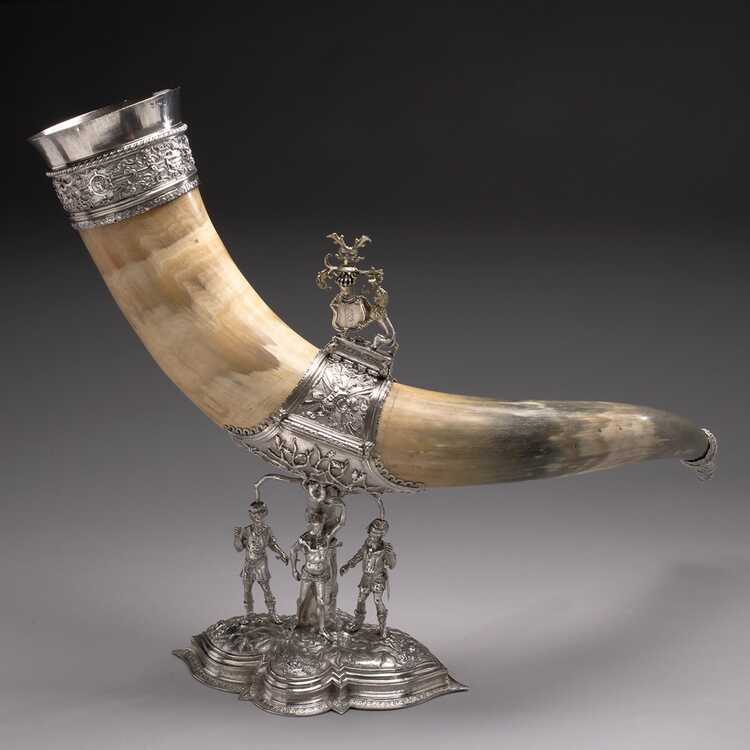The young man tied to a tree and riddled with arrows is St Sebastian of Rome, patron saint of the longbowmen’s guild. Little is known about the saint’s life; much of what is told is the product of the fertile mediaeval imagination. Indeed, there is no real evidence that Sebastian even existed. And yet he ranks high among the Christian saints.
According to the story, Sebastian was born in Narbonne. An early hagiography written in the fifth century recalls that he was an officer in Emperor Diocletian’s army. As a pious Christian, the mothers of Marcus and Marcellianus asked his help during one of the many persecutions, since their sons had been condemned to death. Sebastian encouraged the two men to remain faithful and they died as true Christians. Suspicion then fell on the emperor’s confidant, who was tried and sentenced. He was taken to Rome to be executed: bound and shot through with arrows and left more dead that alive. Cared for by the tender St Irene, he recovered. One day while out walking, he met the emperor, whom he admonished for his cruelty. That was unacceptable. The guards grabbed Sebastian and clubbed him to death. He died in the year 288.
His body was dumped in the Cloaca Maxima to prevent Christians from claiming him as a martyr. But events took a different turn: Sebastian appeared in a dream to St Luciana Anicia to tell her that he wished to be properly buried. So she retrieved his corpse from Rome’s biggest sewer and buried him in the catacombs of Via Appia, where a basilica dedicated to the saint was erected in the fourth century. And so the veneration of St Sebastian began.
Sebastian’s name is associated with all kinds of patronage. He is patron saint of athletes and wallpaper hangers, arrowsmiths as well as civic guards and their guilds, especially longbowmen’s guilds. He was also the saint to whom Christians appealed when faced with contagious diseases such as plague.
In the fifteenth century, depictions of St Sebastian show him almost completely naked, his arms tied behind his back, pierced with arrows. For Italian painters and sculptors he provided a perfect theme for a male nude. He was also a favourite among religious women. In contrast to the emaciated Christ, this half-naked young man, healthy in body and spirit, sent many a nun’s pulse racing in the solitude of her late mediaeval convent cell. Among today’s Christians, St Sebastian is also patron saint of homosexuals.

